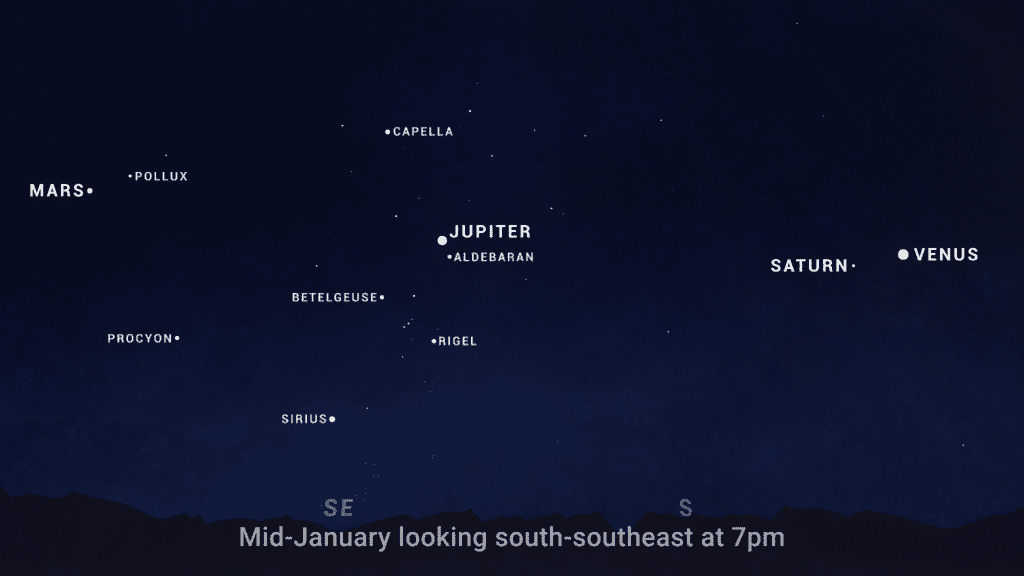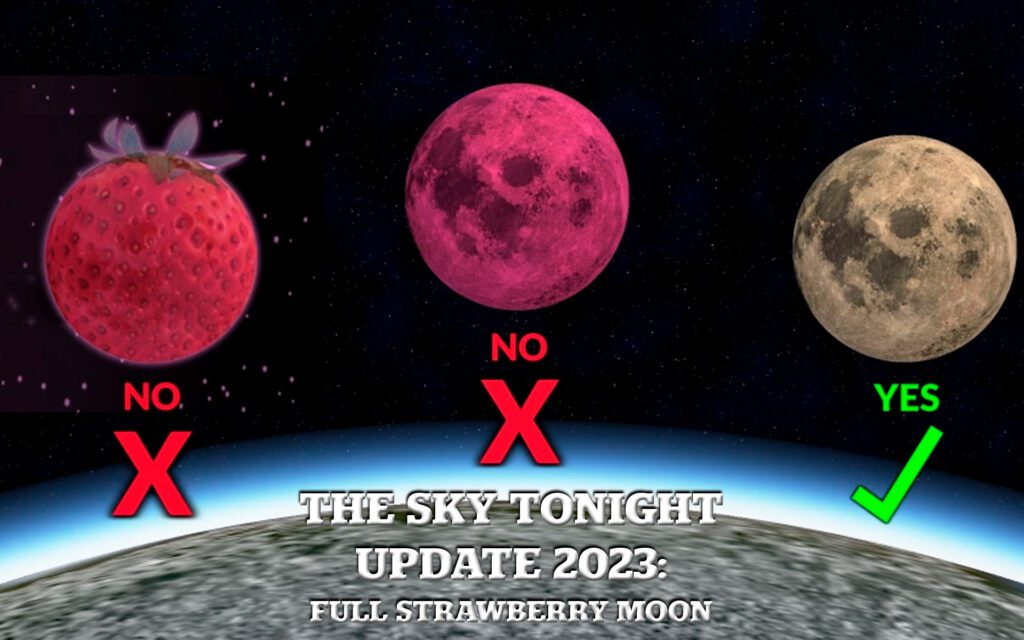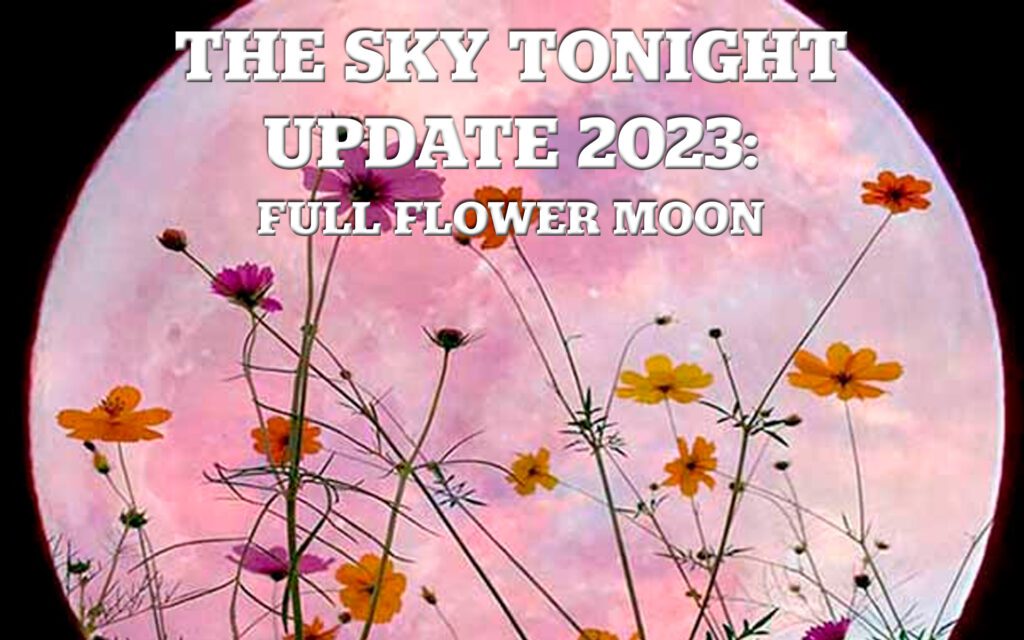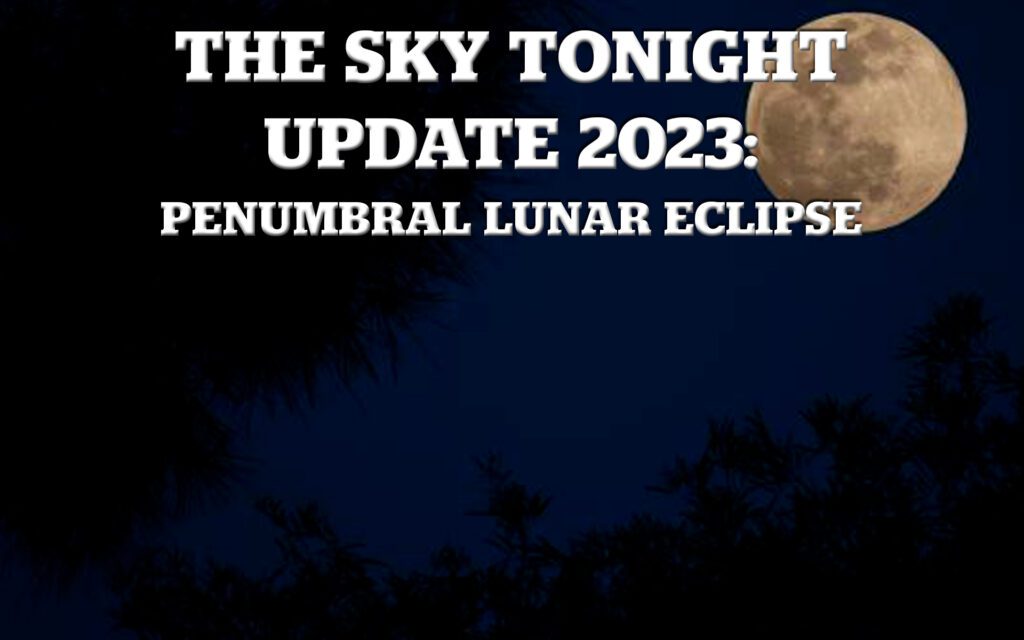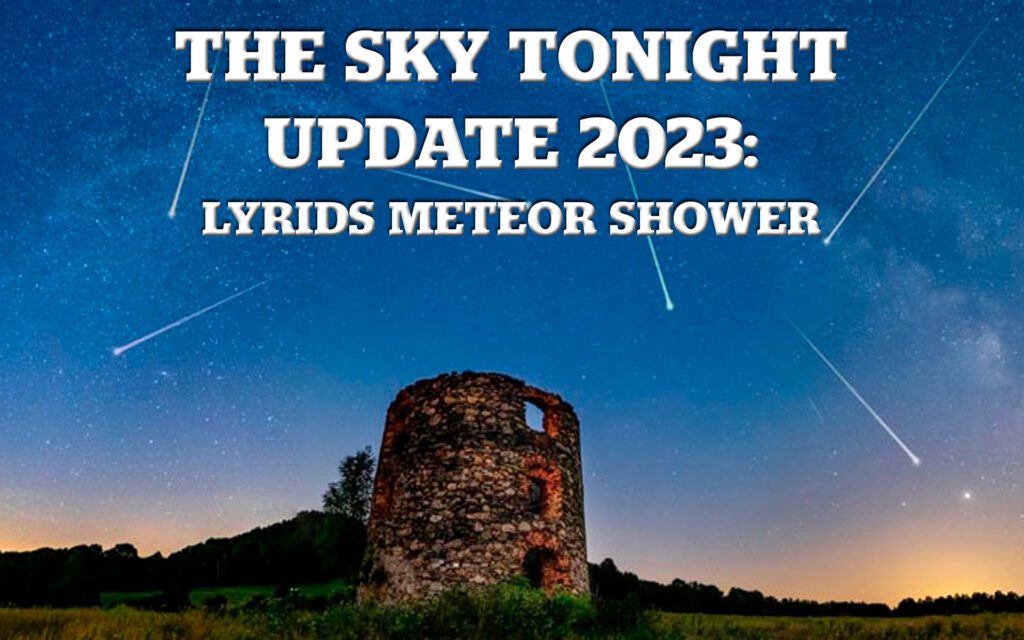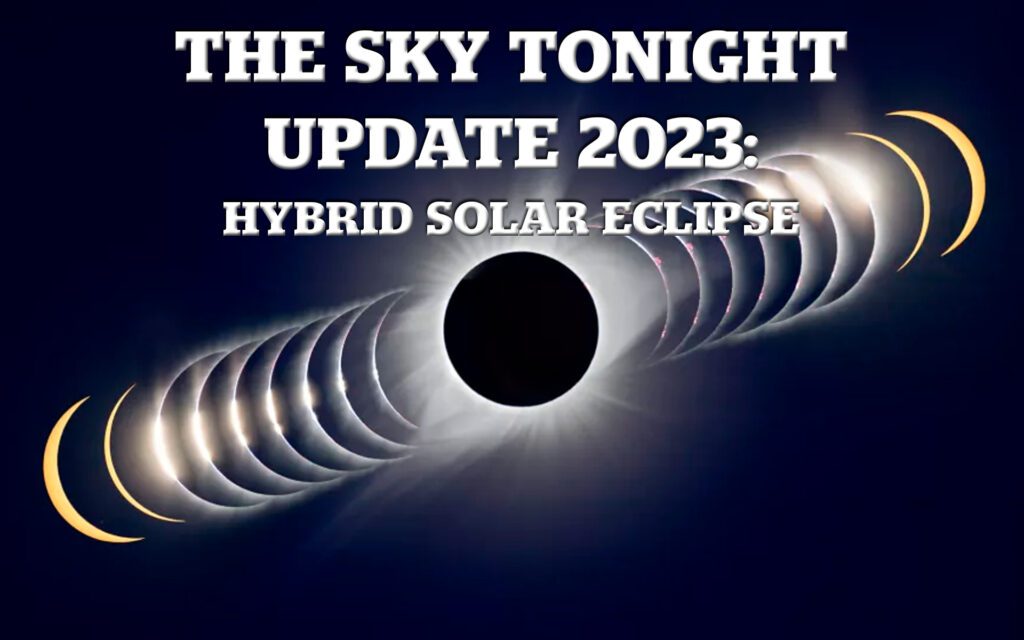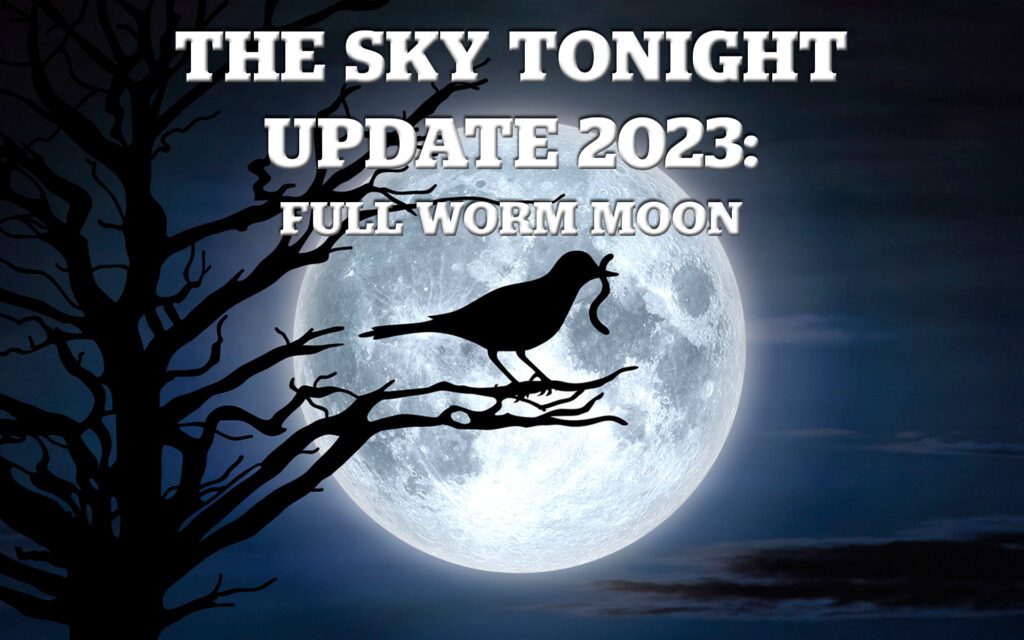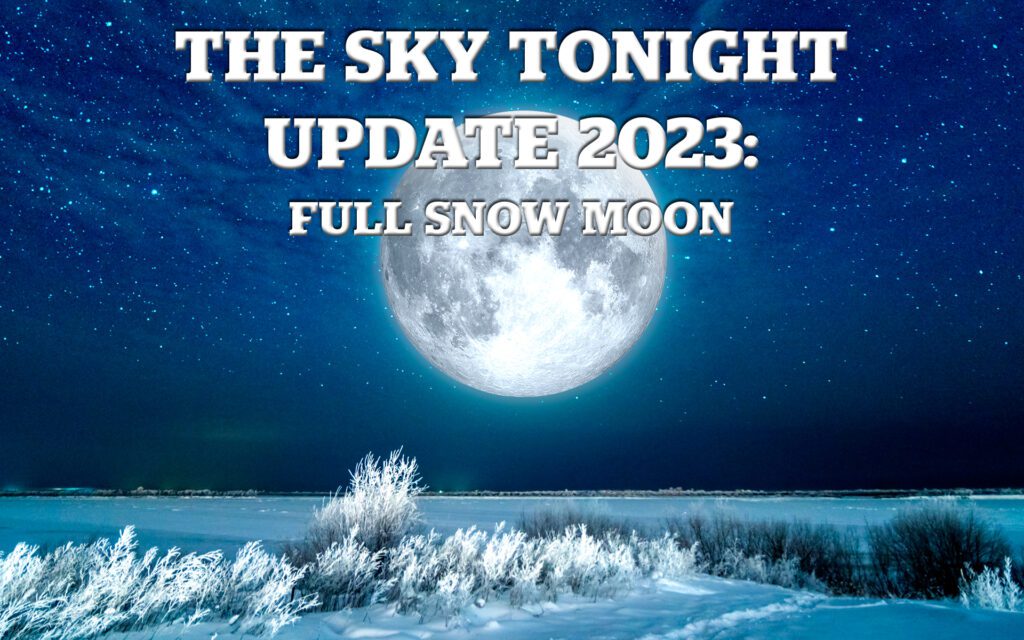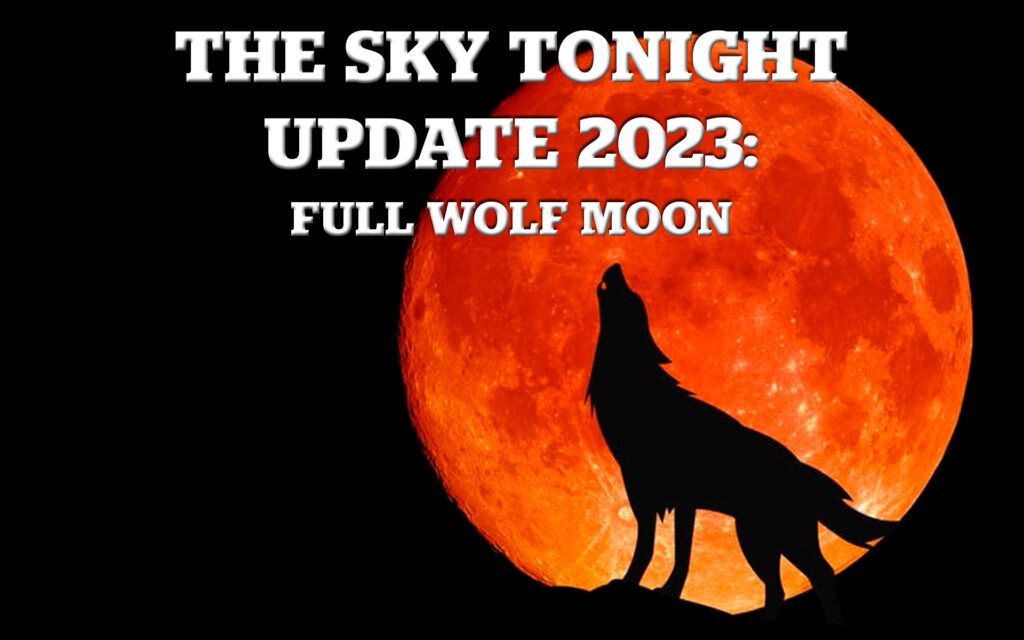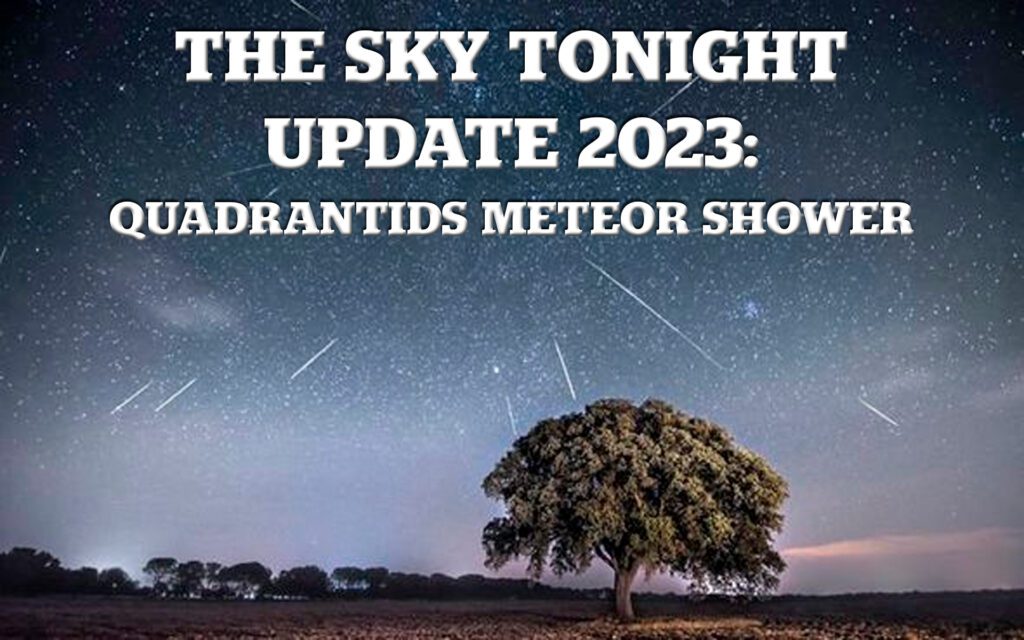Planetary Lineup of Winter
Recently, there have been social media posts talking about how all the planets will be visible in the night sky, in a line, and at the end of January. Is this really the case? No, not really. But you will be able to see a cool planetary lineup while enjoying the winter months. First of […]
Planetary Lineup of Winter Read More »

